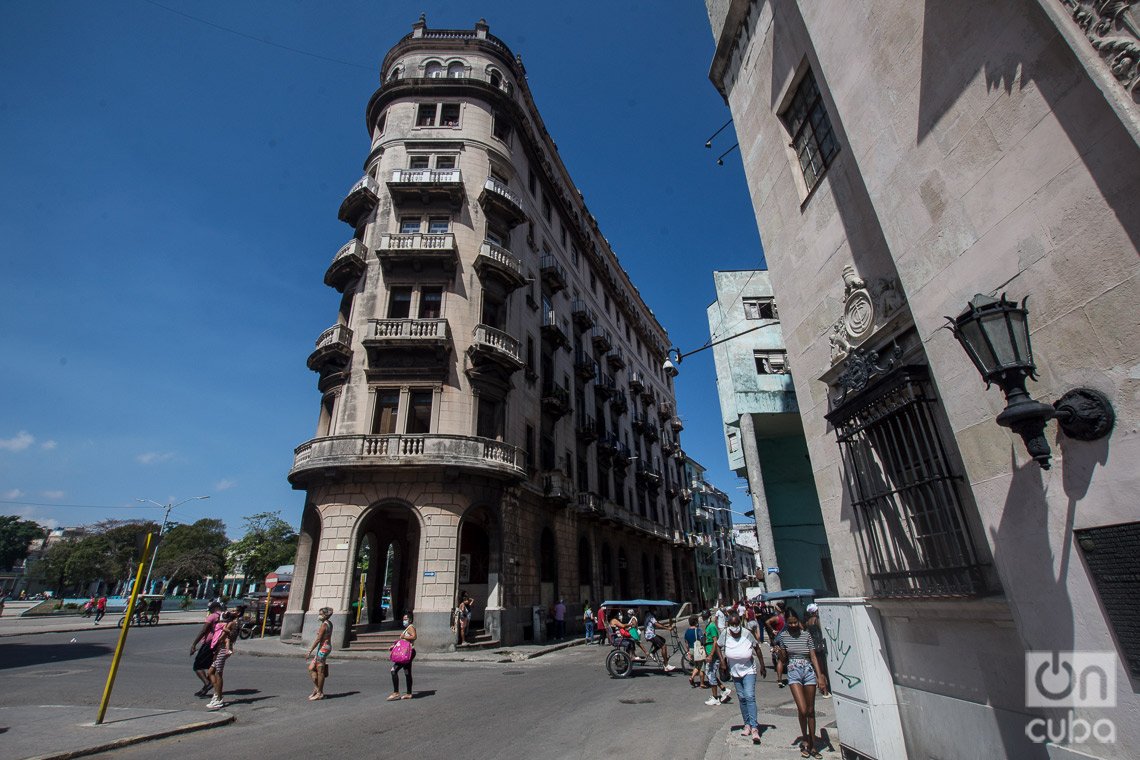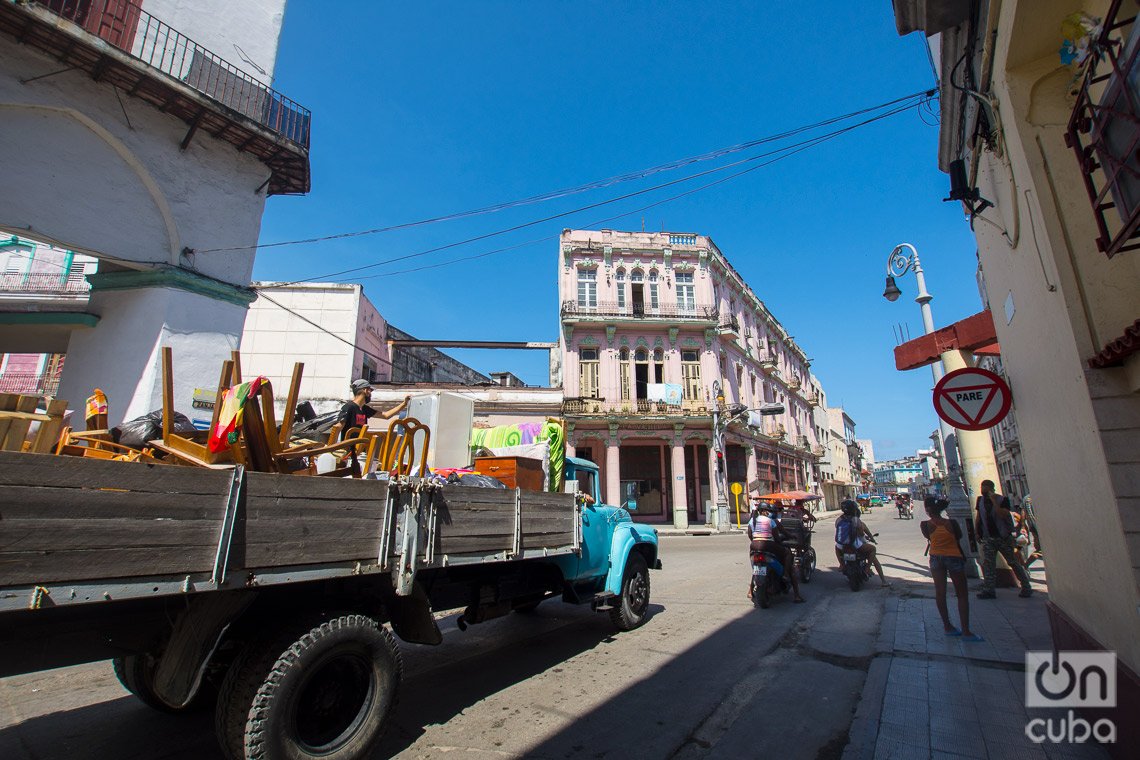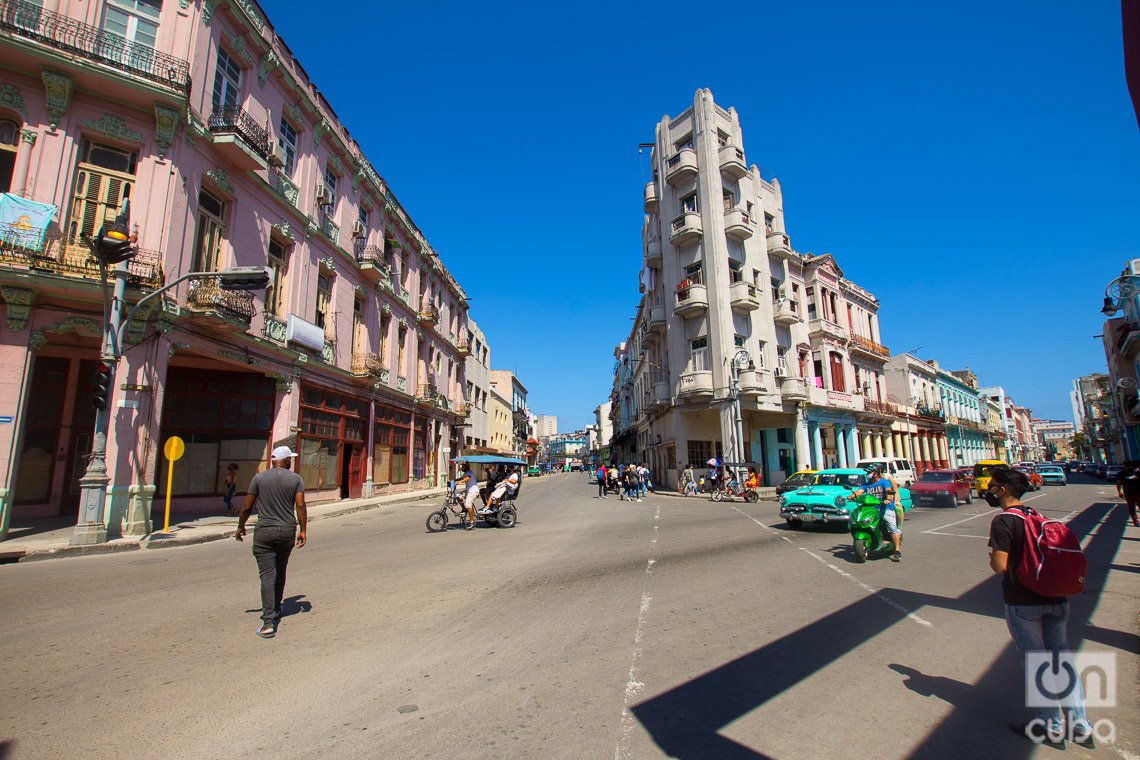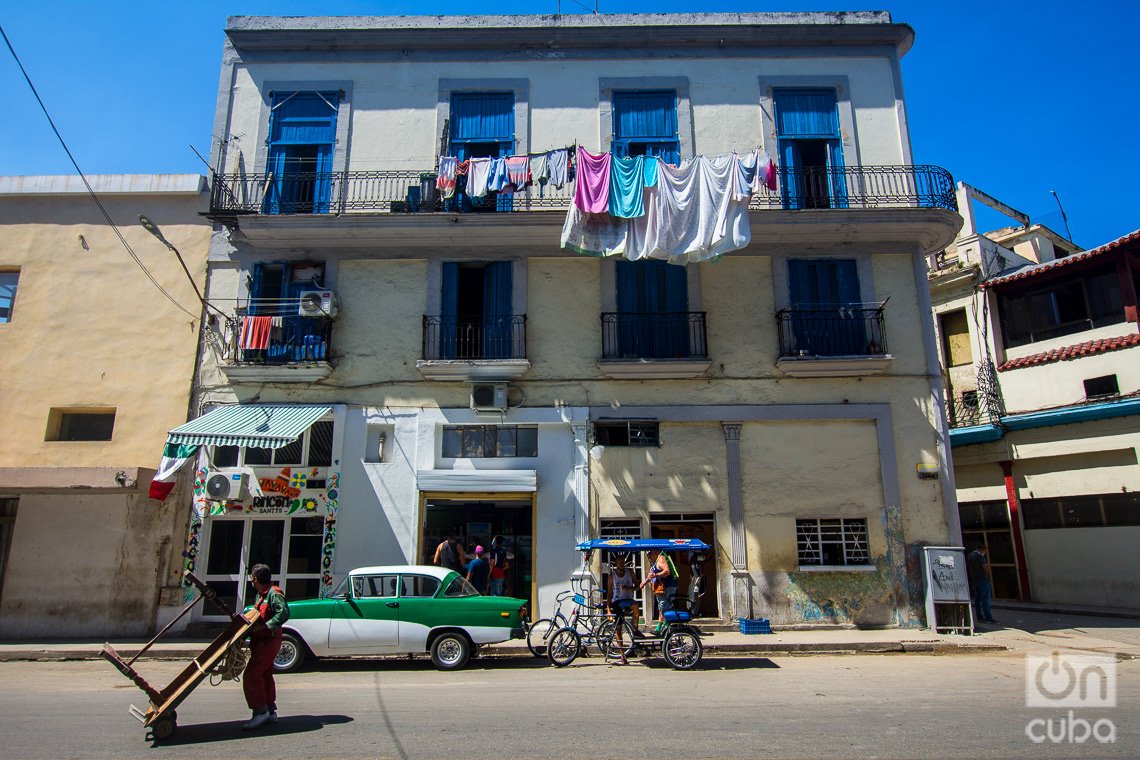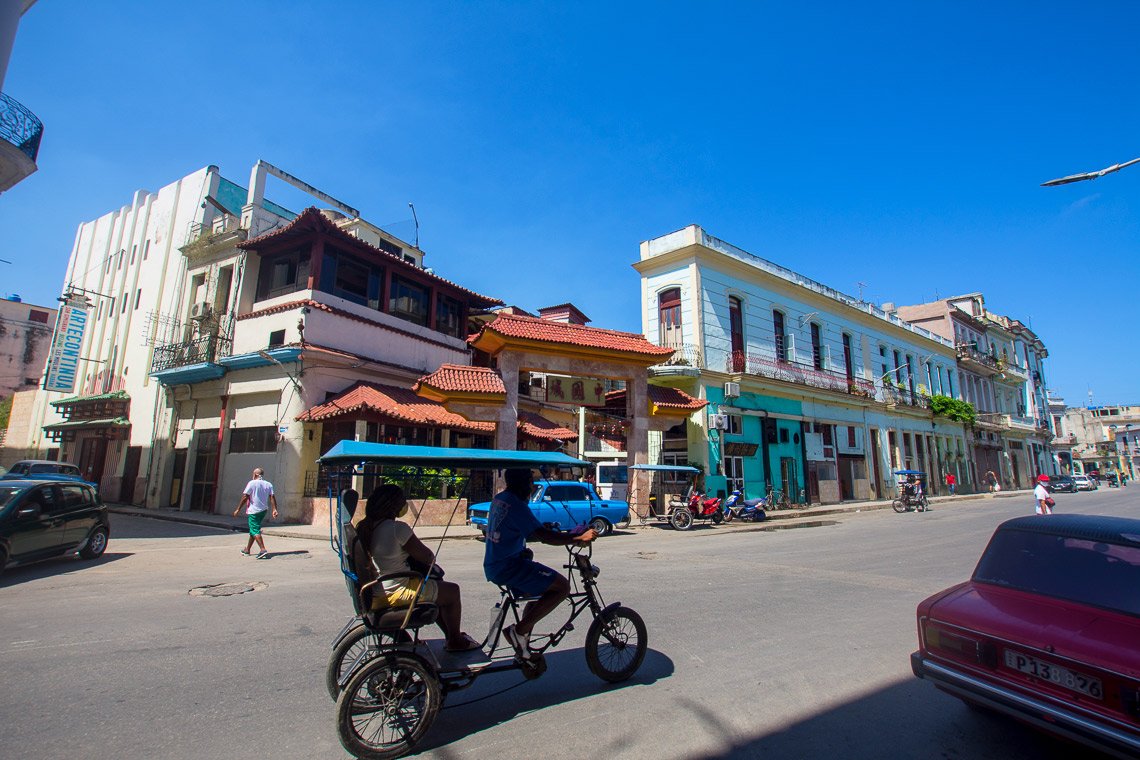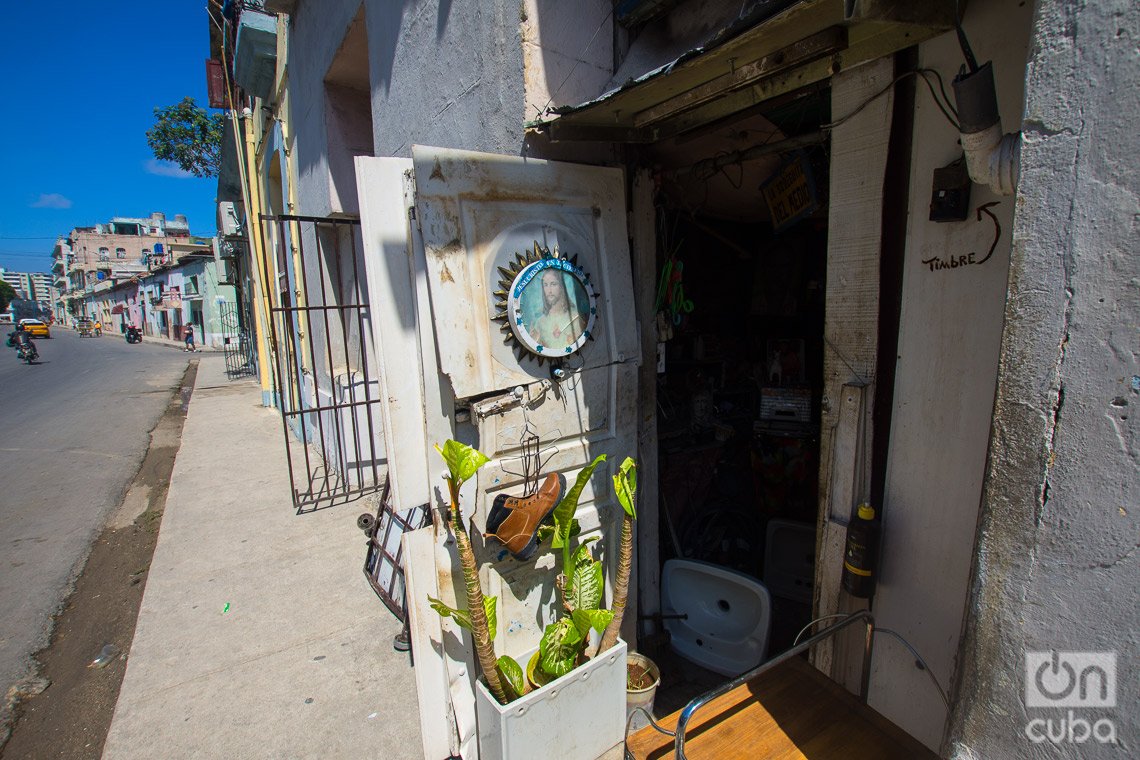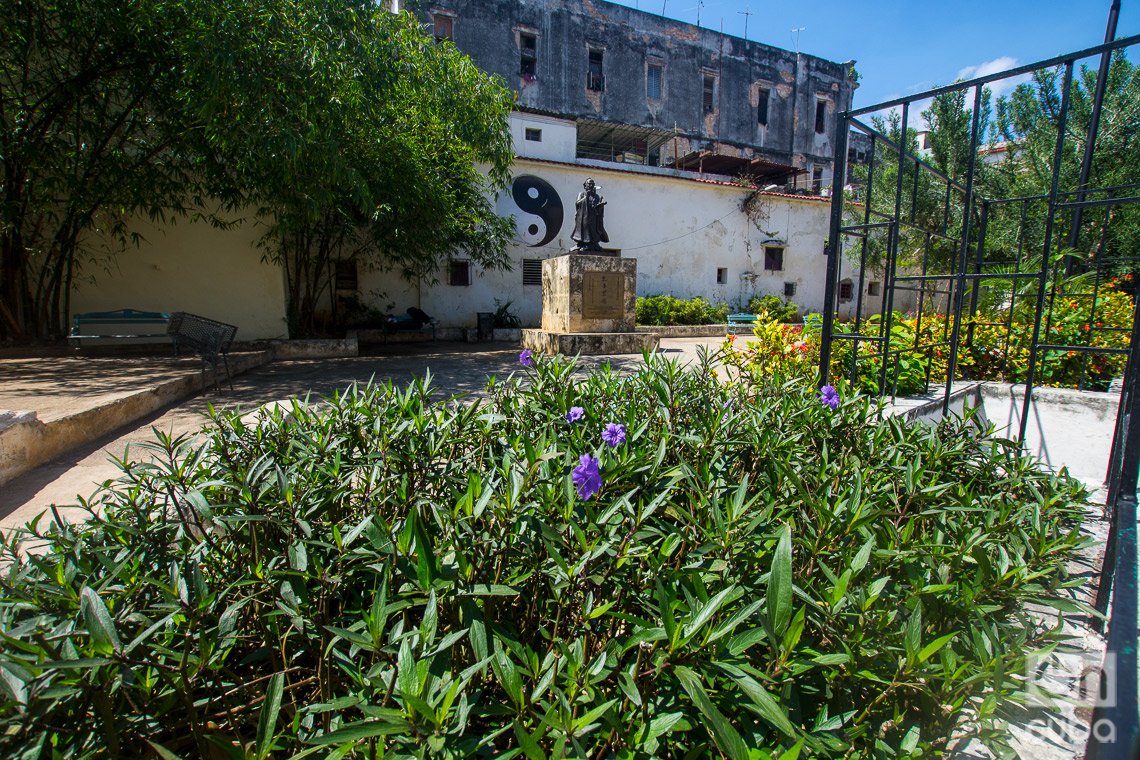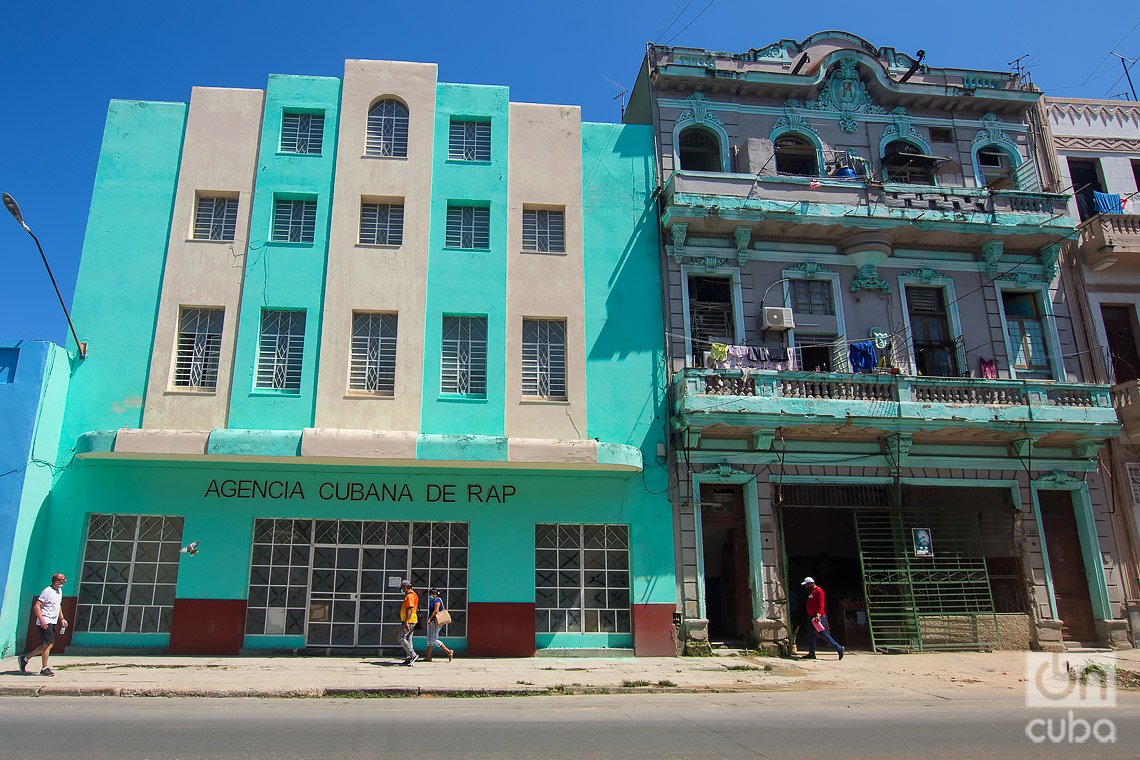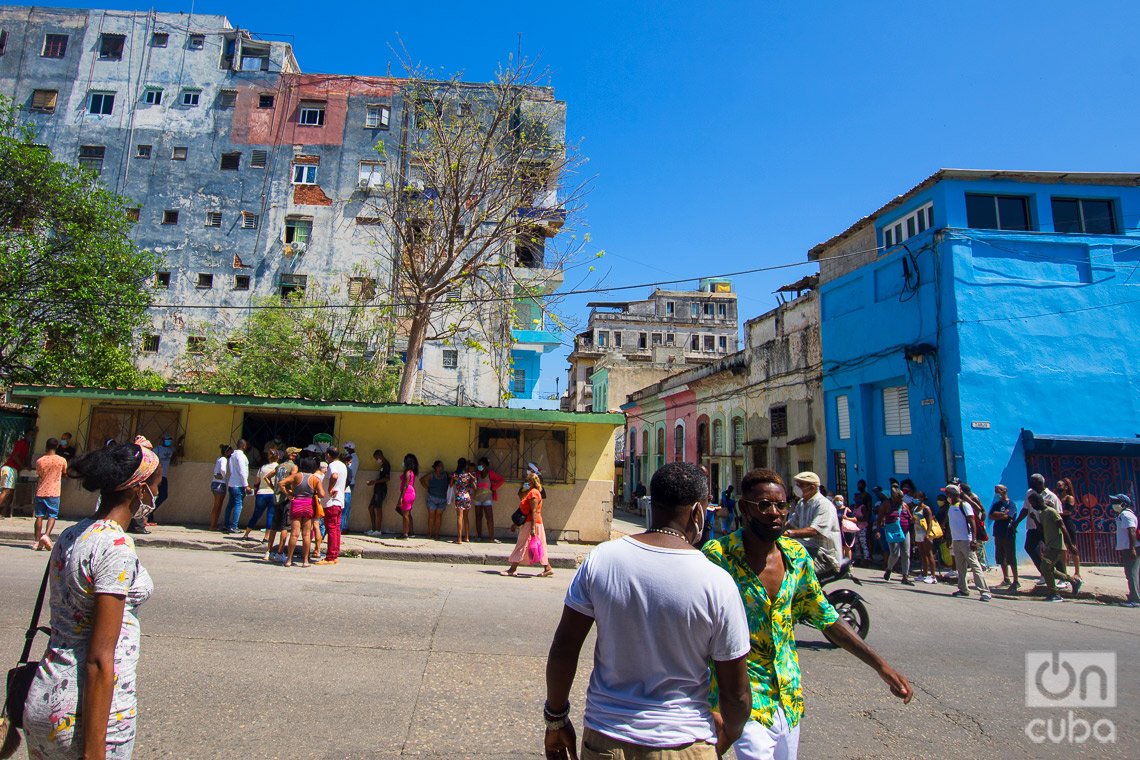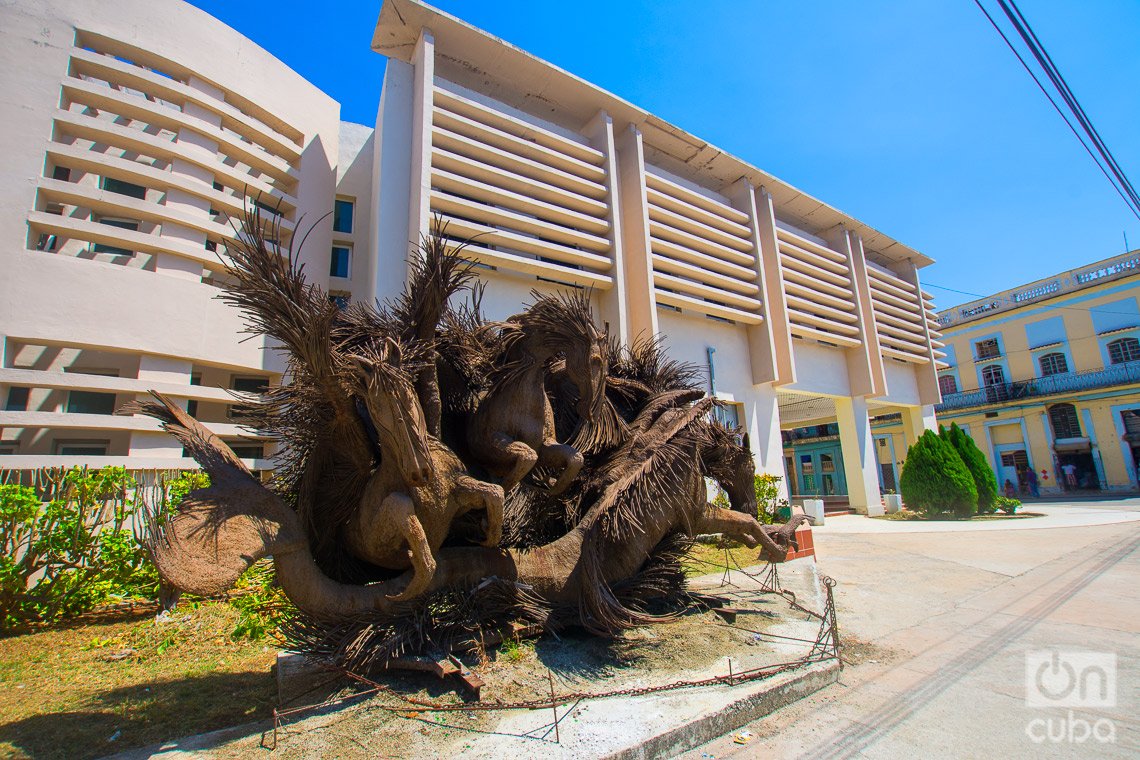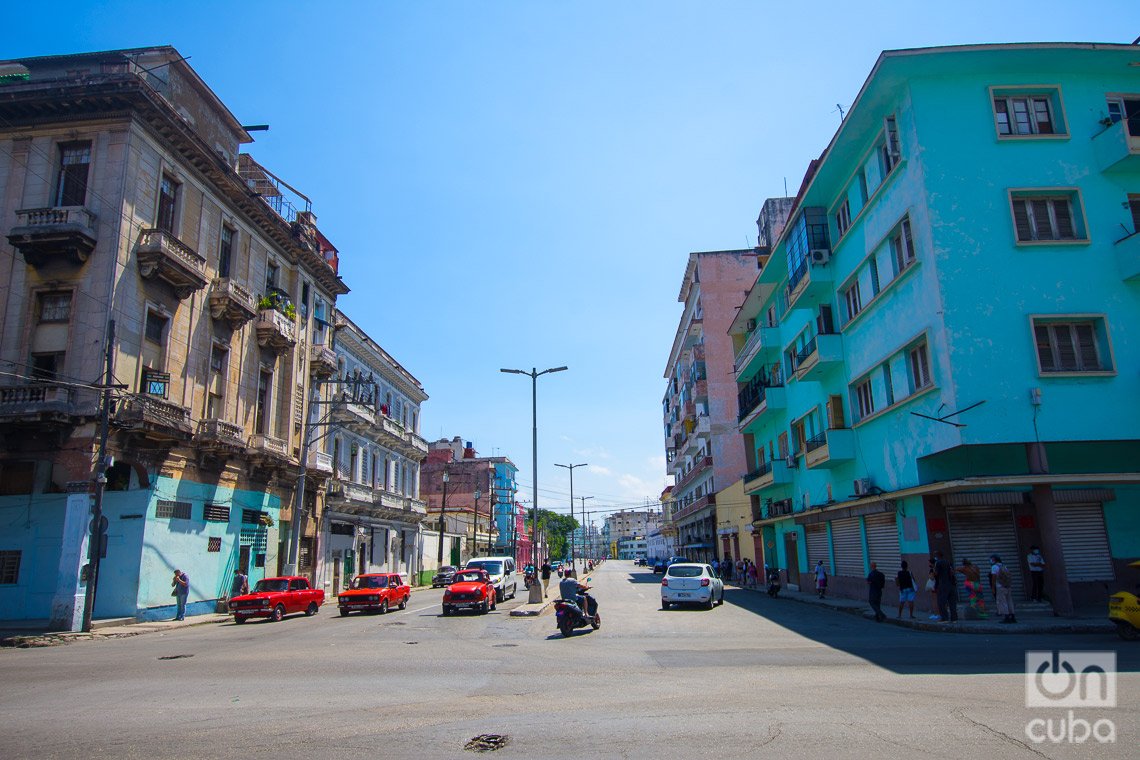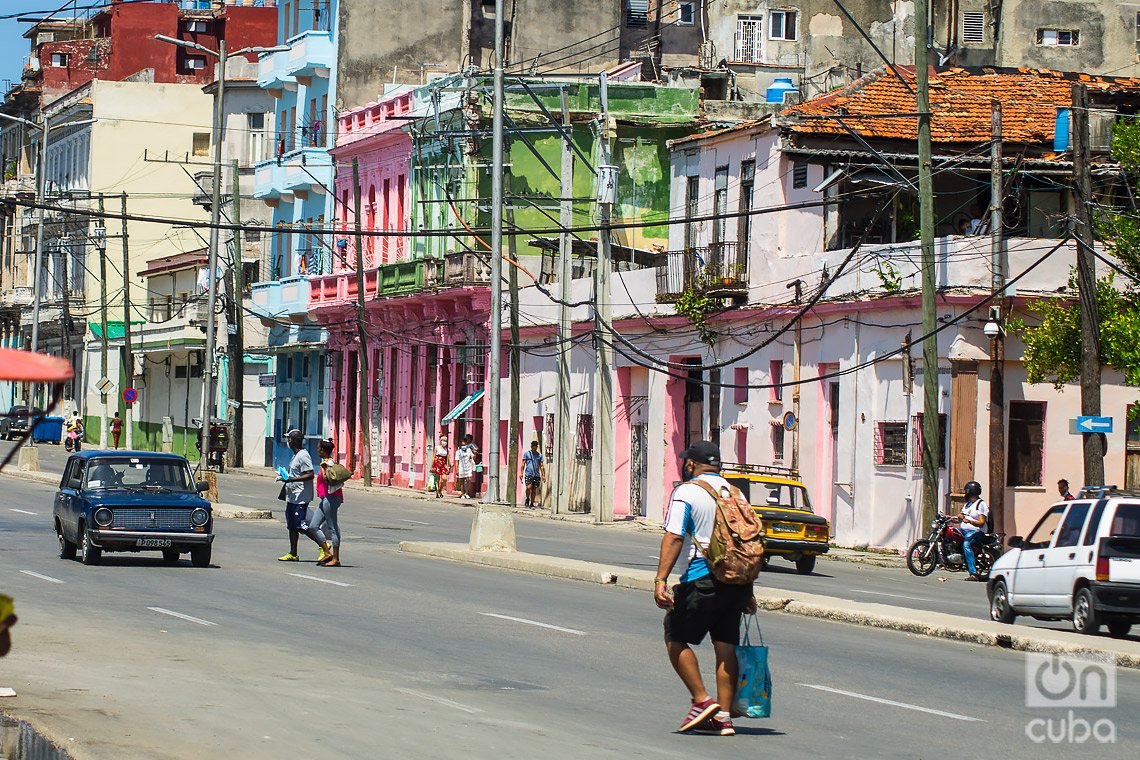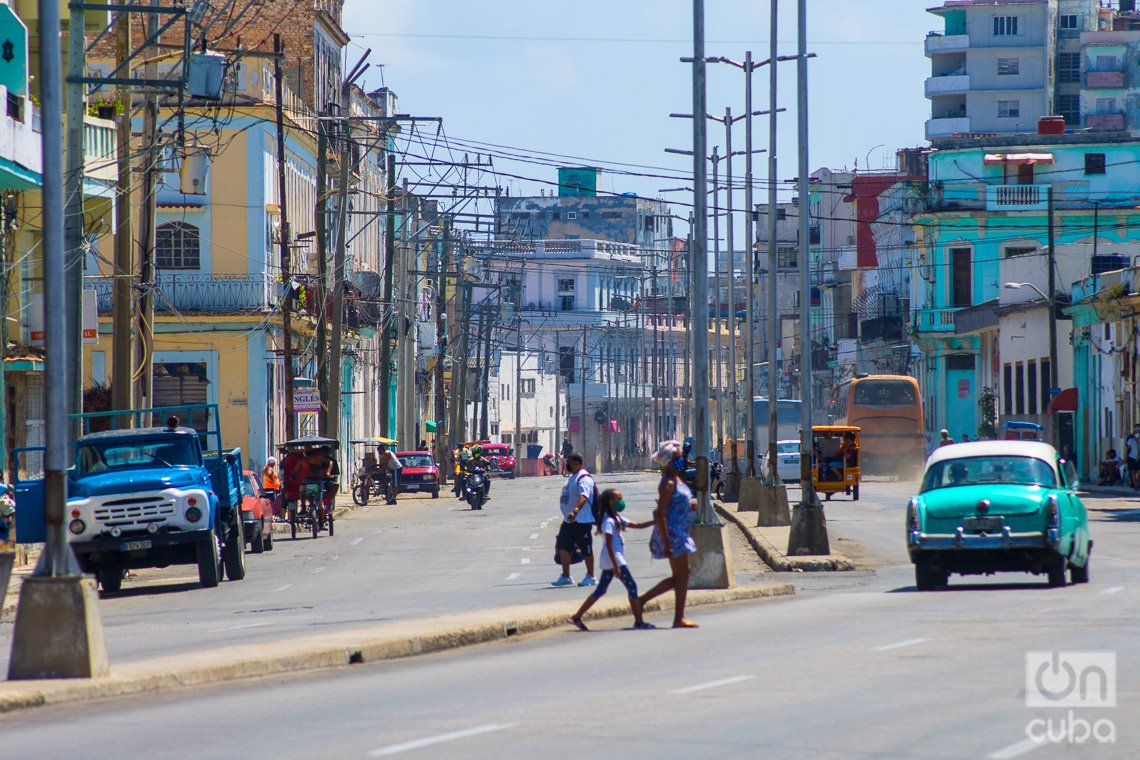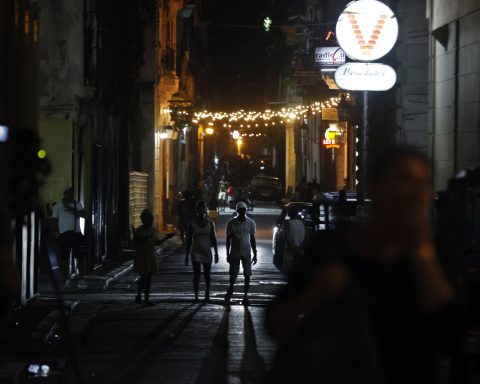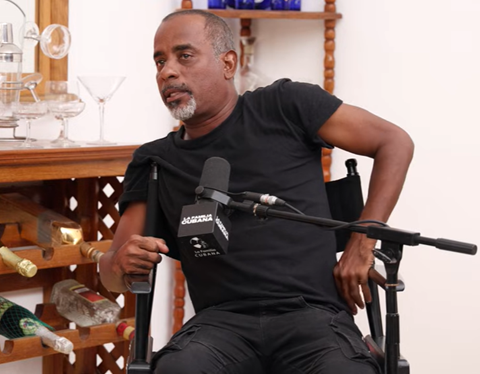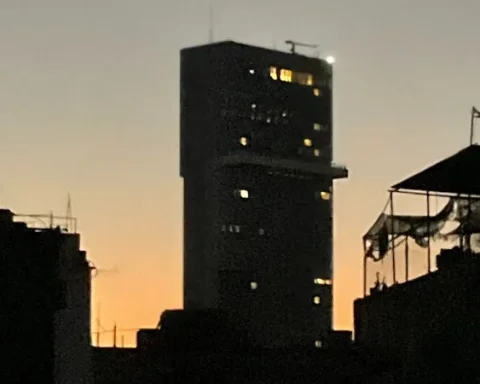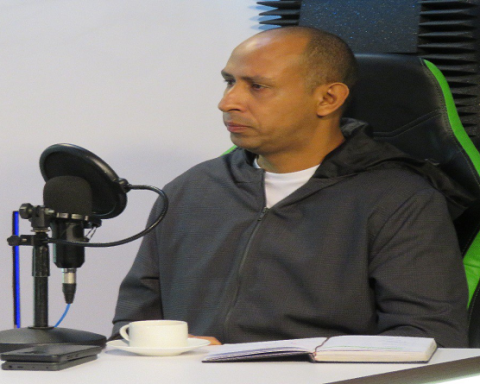How many people will cross the Zanja street each day? Havana? How many buses, cars, pedicabs, trucks? How many everyday stories will it house in each day?
It is, without a doubt, one of the busiest arteries in the Cuban capital, even though it is not the most touristic or the most renowned, nor do its sidewalks provide many opportunities to protect oneself from the punishment of the sun.
Zanja crosses a good part of downtown Havana, from Chinatown to the also very busy Avenida Infanta. Or vice versa. It intersects with other populous streets, such as Belascoaín and Galiano, and connects two nerve centers of the city: one more modern and cosmopolitan, and another more attached to its history and traditions.
It owes its name to the fact that the old Royal Ditch ran through it, which supplied water to Havana in colonial times. At that time it came to have three bridges to cross it, which would later disappear when the conduit was buried and the path changed its appearance until it became the street it is today.
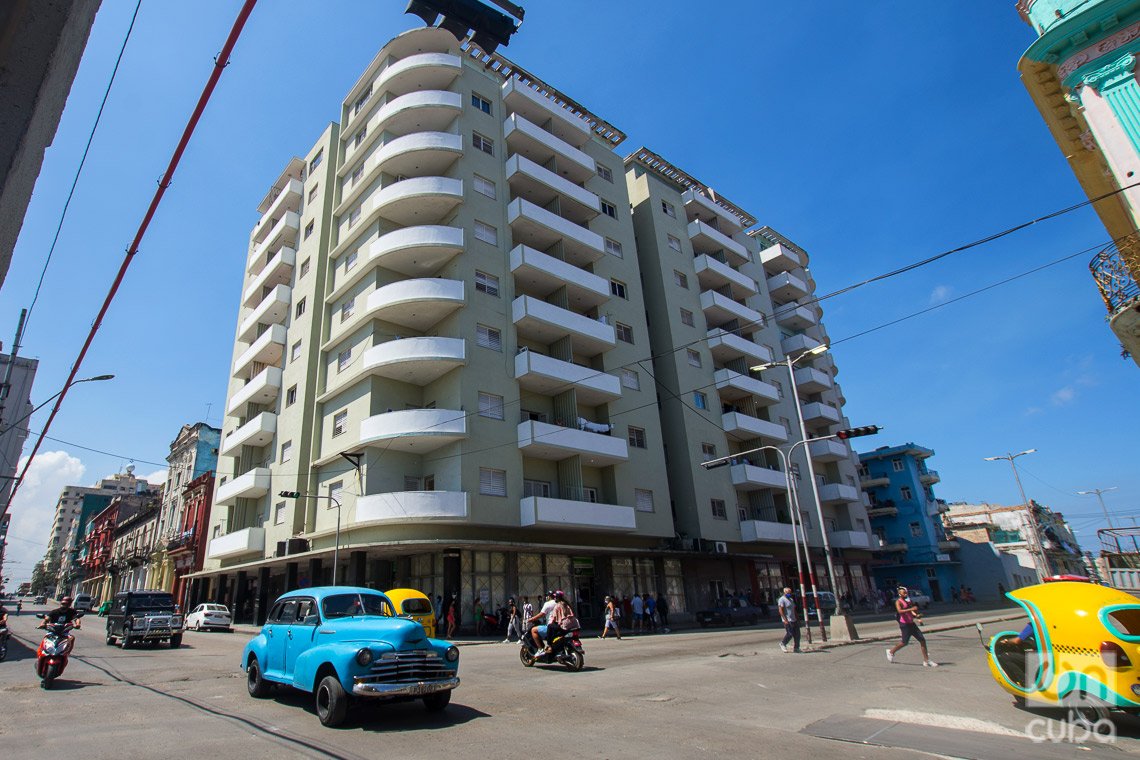
It would also have other names. It would be known as the Railway Line, because that means of transport also passed through it, and in 1916 it was baptized Carlos Juan Finlay, in homage to the eminent Cuban doctor and scientist. But 20 years later, its traditional name was restored, with which all Havanans continue to identify it.
Today, in the 21st century, Zanja is no longer the water passage built as the first aqueduct on the island. Nor is Chinatown the same as it was in the past, even though it strives to maintain its identity. But, despite the traces of time, the old street remains a vital artery of Havana, a symbol of its persistence.
